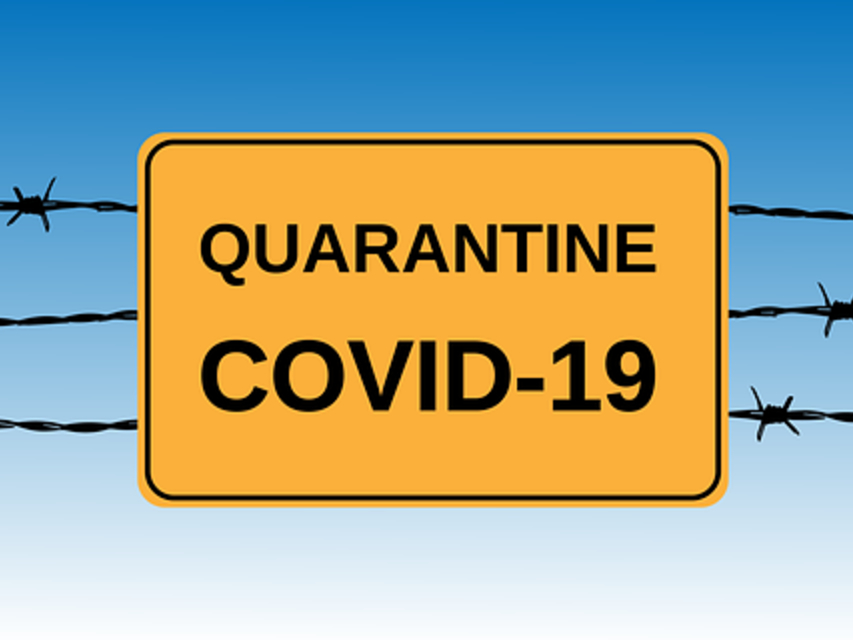COVID-19 Quarantine Period Shortened By The CDC
The CDC has announced new guidelines for COVID quarantine.
This article is more than 2 years old
COVID quarantine rules had followed rather clear timelines for months now with the standard being 14 days of sitting behind closed doors if you’d had exposure to the virus. But that two-week period is being shortened with the CDC (Center for Disease Control) recently announcing they were reducing the suggested amount of days in seclusion.
According to the CDC’s official site, the recommended timeline for the quarantine still states it as 14 days, but the center in a media-released transcript did amend those guidelines around two specific situations. Both involve being asymptomatic. It will now be seven days of quarantine if you are exposed to the virus and have a negative COVID test and 10 days if you decide to go untested.
The CDC representatives cited data as the primary driver for changing the COVID quarantine guidelines, though failed to mention the specifics around actual numbers related to time periods. Shifting from essentially two weeks to one week overnight could point to some of the other aspects of the pandemic outside of the actual medical data.

The CDC mentioned, as part of its COVID quarantine guidelines, the economic hardship present with having to isolate for 14 days. It’s meant numerous difficulties in employment timelines, especially if those exposed aren’t getting regularly tested. In short, reducing the guideline means people can realistically go back to work quicker if they think they’d been exposed to the virus. COVID has had a number of different negative effects in the country, with one of them being the economic hardships related to closings or inability to work for stretches because of virus exposure.
This reduction in COVID quarantine regulations comes at a time when the country has seen the numbers of positive tests reach new highs. Additionally, Wednesday saw the highest reported daily death numbers due to the virus since tracking began back in March. That’s led to additional closures in many states with shutdowns looming in certain states seeing jumps in numbers of infections. And with the Thanksgiving holiday seeing more travel and gatherings, as well as the Christmas holiday around the corner, the quarantine guidelines will continue to be very much in the discussion around how to combat spread.
There’s some hope on the horizon that a coming vaccine could begin to reduce caseloads and begin to usher back in a rollback ease on these COVID quarantine regulations and guidelines. Stores are beginning to plan how a vaccine rollout will look and mass distribution of an effective way to combat the virus should see, at minimum, reduced fear around exposure and start pushing timelines even shorter.

It stands to reason that with more data and a vaccine on the way we continue to see quarantine rules reduced over time. But seeing as how it took eight months to drop a few days off the number, I wouldn’t expect that news anytime soon. For now, the CDC has made plain what they see as an optimal time to seclude if exposed to the virus and have let state officials know in order to possibly reduce some of the rules on that level.












